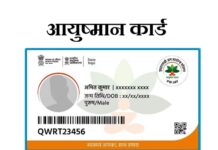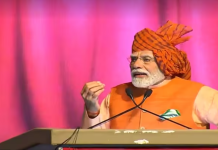- For credit card dues, the outstanding in the account as at the end of 29 February 2020 will be the reference amount
- A weighted average lending rate will be used for calculating waiver of interest on interest
In a relief to borrowers amid the festive season, the government has announced waiver of interest on interest for loans up to ₹2 crore irrespective of whether moratorium was availed or not. According to estimates, the move is likely to cost the government ₹6,500 crore. As per the guidelines, the scheme can be availed by borrowers in specified loan accounts, including credit card dues, for a period from March 1 to August 31, 2020.
Here are 10 things to know:
1) According to the scheme, the lending institutions will credit the difference between compound interest and simple interest with regard to the eligible borrowers in respective accounts for the six-month period irrespective of whether the borrower fully or partially availed the moratorium on repayment of loan announced by the RBI on March 27, 2020.
2) MSME loans, education loans, housing loans, consumer durable loans, credit card dues, auto loans, personal loans and consumption loans are covered under this scheme.
3) On credit card dues, the rate of interest shall be the Weighted Average Lending Rate (WALR) charged by the card issuer for transactions financed on EMI basis from its customers during the period from 1st March 2020 to 31st August 2020.
4) The computation of the WALR on credit card dues shall have be certified by the statutory auditor of the card issuer.
5) Credit card issuers typically rely on a range of rates for financing on EMI basis. As a uniform rate is not available, WALR will be utilised as the benchmark rate, the government said.
6) For credit card dues as well as education loans, housing loans, consumer durable loans, credit card dues, auto loans, personal loans and consumption loans the outstanding in the account as at the end of 29 February 2020 will be the reference amount on which the interest (simple as well as compound) will be calculated.
7) For accounts closed during the 6-month period, the period for crediting would be from 1st March and restricted to the date of closure of such account.
8) While making the calculation, repayments in the loan account during the period to be reckoned will be ignored.
9) The lending institutions after crediting the amount will claim the reimbursement from the central government. They have been set a November 5 deadline on Saturday to waive interest payments
10) Any borrower whose aggregate of all these loans with lending institutions is more than Rs. 2 crore (sanctioned limits or outstanding amount) will not be eligible for ex-gratia payment under this scheme. The accounts should be standard as on February 29 which means that it should not be Non-Performing Asset (NPA).















